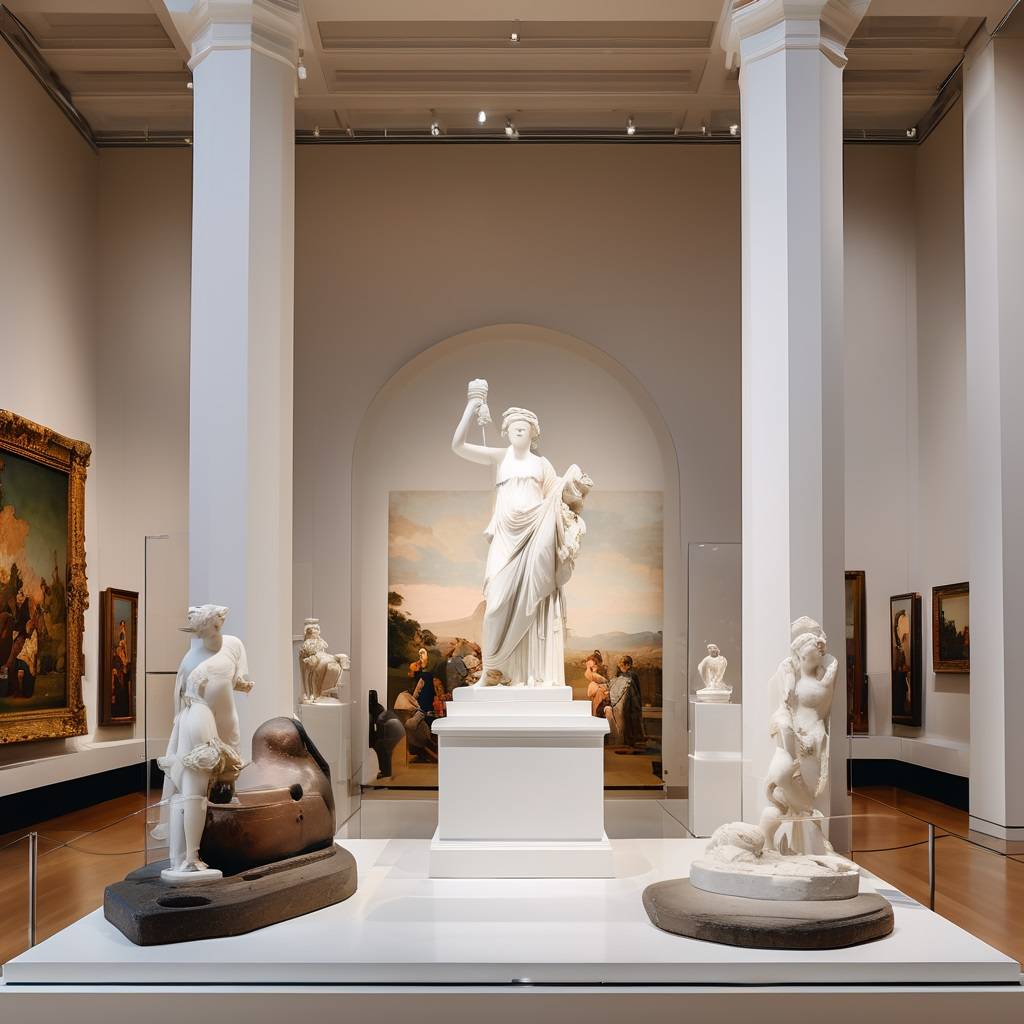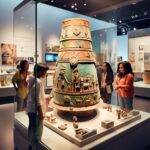In recent times, visitors to Chicago’s renowned Field Museum have encountered an unexpected sight—exhibit cases, housing artifacts from the Northwest Coast, Arctic, and Ancient Americas, concealed from public view. The Tribune’s Christopher Borrelli delves into the story behind these cover-ups, revealing that they result from stringent federal regulations implemented in mid-January.
The Regulatory Shift: A Nationwide Phenomenon
The Field Museum is not alone in facing this challenge. Museums across the United States, including the American Museum of Natural History in New York, and institutions in Denver, Cleveland, Cincinnati, and Boston, find themselves compelled to restrict access to certain objects. The new regulations demand obtaining consent from the descendants of the original native communities before displaying these artifacts.
This shift in regulations has sparked a nationwide scramble among museums, universities, and historical societies to comply. In some instances, institutions are even dismantling longstanding exhibits to adhere to the updated rules.
The Left’s Dilemma: Addressing the Stonewalling of Native Americans
For decades, museums have faced accusations of stonewalling requests from modern Native Americans seeking the removal of human remains and sacred objects from their collections. The newly imposed rules aim to put an end to this stonewalling. However, the complexity arises from contemporary tribes having debatable ownership claims to cultural items held by museums for generations.
Unraveling Historical Desecration: A Deep Dive
To comprehend the genesis of this situation, one must look back many generations when archaeologists and collectors, driven by what passed for science at the time, unearthed Native Americans and their belongings. These actions, deemed desecration and thievery by today’s standards, were actively encouraged by the federal government during the forced displacement of Native Americans.
NAGPRA and Slow Progress: A Legislative Response
In 1990, then-President George H.W. Bush signed the Native American Graves Protection and Repatriation Act (NAGPRA) into law. The law set a framework for institutions to return human remains and related objects to their rightful owners. However, progress remained slow for over 30 years, with some institutions declaring items as “culturally unidentifiable,” thereby retaining them.
The Numbers Speak: Holding on to the Past
ProPublica’s database reveals that Illinois institutions still hold at least 15,500 dead bodies. The Field Museum and the Illinois State Museum have made varying progress in making their holdings available for return, underscoring the challenges institutions face in complying with repatriation requirements.
Navigating Challenges and Concerns: Museum Professionals’ Perspective
Before the regulations took effect, the Field Museum expressed reservations about the “unrealistic deadlines” and the financial burden—estimated at a minimum of $1.2 billion—for museums to repatriate over 850,000 “culturally unidentifiable” remains and funerary objects.
Striking a Balance: Navigating the Future
As the curtains are drawn to comply with the new rules, concerns arise about the potential elevation of tribal mythologies and religious traditions over scientific and historical knowledge. Striking a balance between respecting cultural sensitivity and preserving facts, scholarship, and truth is crucial for accurate museum displays.
A Call for Collaboration and Rethinking
In conclusion, the regulatory changes risk erasing a significant part of the nation’s history from public view. A collaborative effort is needed to revisit the regulations, establish a safe harbor for the study and display of these artifacts, and ensure the preservation of our nation’s heritage.









Leave a Reply